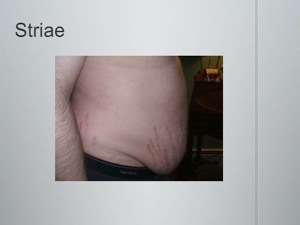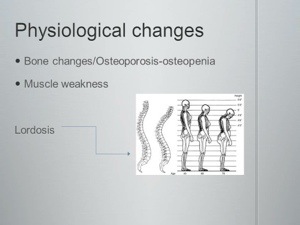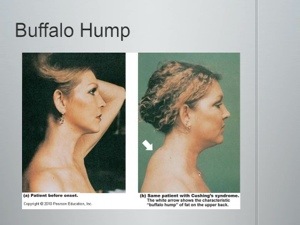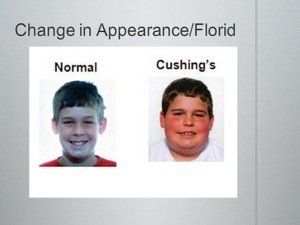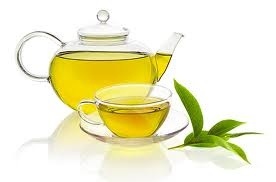We just arrived home from a beautiful, relaxing, fun trip to northern California . Was such a beautiful , lust, green , alive place to be . My peas enjoyed it completely as well as myself. I wanted to share with you something that truly surprised me when we where heading home on our ten hours straight home . We stopped at a truck stop to refuel and use the restrooms, and the first thing I saw when I walked in the door was a stand full of CD’s about meditation, relaxation , chi running and health . I was so pleasantly surprised. Chi running , a method developed to allow everyone to be capable to run for the long term was a method of running I decided to train in when I got pregnant with my son , it allowed me to continue running till I was 5 months pregnant! But I never would expect to find that method being available in a truck stop in the middle of no where land. Amazing! I’m grateful to see what this would is coming to in the aspects of health and wellness.
Category Archives: Support
To make you smile , my sweetpea.
Cushings Need TO Know by Bre Klien
Medical abbreviations you need to know….
Abbreviations
There is a list of definitions that would be way too big to put on the FAQ page, but there’s a link to the Glossary at at the top of every page here: http://www.cushings-help.com/definitions.htm
Some abbreviations used on the boards, articles and throughout the bios are;
ACTH: Adrenocorticotropic Hormone. ACTH is a normal by-product of the anterior pituitary gland. It acts by controlling the secretion of the adrenal hormone, cortisol. Produced by the pituitary gland. A pituitary tumor often causes too little ACTH to be produced. Symptoms of ACTH deficiency include weakness, fatigue and gastrointestinal disturbances.
ADH: AntiDiuretic Hormone
AHRQ: Agency for Healthcare Research and Quality
AI: Adrenal Insufficiency/adrenal crisis. Adrenal insufficiency is a life threatening chronic illness. An active and vigorous lifestyle with normal life expectancy is possible as long as the prescribed medications are taken regularly and adjusted when indicated. As with most chronic diseases, adrenal insufficiency demands that the patients take responsibility and develop self-management skills and techniques.
BG: Blood Glucose
BIPSS: Bilateral Inferior Petrosal Sinus Sampling
BLA: Bilateral adrenalectomy. Surgical removal of both the adrenal glands.
BMD: Is often used as an acronym for bone mineral density
BP: Blood Pressure
BS: Blood Sugar (ahem…usually)
Ca: calcium
CAT Scan / CT: computed tomography
CBG: corticosteroid-binding globulin
CD: Cushing’s Disease
CCHS Congenital central hypoventilation syndrome
CI: Confidence interval
CRH: Corticotropin Releasing Hormone
CS: Cushing’s Syndrome
CSF: cerebrospinal fluid
DEXA: dual energy x-ray absorptiometry
DI: Diabetes Insipidus
DST: dexamethasone suppression test(s)
Dx: diagnosis
EAA: excitatory amino acid
EAS: ectopic ACTH secretion
FSH: follicle-stimulating hormone
GABA: Y-aminobutyric acid
GH: Growth Hormone
GI: gastrointestinal
GTT: glucose tolerance test
GTR: gross-total resection
hGH: Human Growth Hormone
HPLC: (high performance liquid chromatography) is mass spectrometry. It is a way to take a liquid sample and get it into a mass spectrometer to analyze the sample. The liquid chromatograph is the attachment on the mass spec that does this. It can be done several different ways. But always these are just the machines used to do the job.
HPA: hypothalamic-pituitary-adrenal
HPLC: high-pressure liquid chromatography
HRT: Hormone Replacement Therapy
ICD-9: International Classification of Diseases, 9th Revision
IGF-1: (also known as Serum IGF-1 or Somatomedin C) is a polypeptide hormone. It belongs to a family of peptides whose levels are regulated by growth hormone (GH) through receptors. IGF-1 is secreted mainly by the liver and has potent growth stimulating activity. Its mitogenic activity has caused interest in its possible role in cancer growth but its present clinical use is for the diagnosis of human growth disorders. Less than 5% of IGF-1 is free and the rest is bound to IGF-binding proteins (IGFBP). The major one in circulation is IGFBP-3.
IPS/P: inferior petrosal sinus-to-peripheral ratio
IPSS: Inferior Petrosal Sinus Sampling
ITT: Insulin Tolerance Test
JAMA: The Journal of the American Medical Association. JAMA began publication in 1883. It now bills itself as “the world’s best-read medical journal”. However one defines “best-read”, JAMA clearly ranks as one of the two leading general medical journals published in the United States. (The other is the New England Journal of Medicine.)
K: potassium
LINAC: linear accelerator
LH: luteinizing hormone
LO-CHS late-onset central hypoventilation syndrome
LOS: length of stay
LTP: long-term potentiation
MR / MRI: magnetic resonance (imaging)
MSH: melanocyte-stimulating hormone
Na: sodium
NIS: Nationwide Inpatient Sample
NS: Nelson syndrome
OR: odds ratio
PCOS: Polycystic Ovary Syndrome
Pheo: A pheochromocytoma is a tumor that originates from the adrenal gland’s chromaffin cells, causing overproduction of catecholamines, powerful hormones that induce high blood pressure and other symptoms.
PHOX2B: Paired-like homeobox 2B
PICC Line: A PICC line (Peripherally Inserted Central Catheter) is a semi-permanent IV line), which is inserted into a large vein, usually in your arm although other places may be used. This will allow fluids and injections to be given, and blood samples to be taken. It will save you the discomfort of repeated sticks.
PPNAD aka Primary pigmented nodular adrenocortical disease: A rare disease of the adrenal glands. The adrenal glands are small glands located above each kidney. The adrenals make hormones. Hormones are chemical substances formed in one organ or part of the body that travel in the blood to other body parts where they influence how that body part works. Cortisol is one of the hormones made by the adrenals. Cortisol influences body metabolism (how the body converts small molecules to large and vice versa) and can decrease inflammation. People with PPNAD have adrenal glands that make too much cortisol or make it at inappropriate times (when the body does not need it).
PSS: Petrosal Sinus Sampling
RIA radioimmunoassay
ROHHAD: Rapid-Onset Obesity With Hypothalamic Dysfunction, Hypoventilation, and Autonomic Dysregulation Presenting in Childhood
SIADH: Syndrome of Inappropriate AntiDiuretic Hormone
SPGR: spoiled gradient recalled acquisition in the steady-state
SRS: stereotactic radiosurgery
TBA: total bilateral adrenalectomy
TSA / TSS: transsphenoidal adenomectomy
TSH: thyroid-stimulating hormone
UFC: Urinary Free Cortisol
HOME | Contents | Search | Adrenal Crisis! | • Abbreviations | Glossary | Forums | Donate | Interactive | Bios | Add Your Bio |
No forms of advertising are used on Cushings-Help.com.
All site features are available free of charge.
But donations are gratefully accepted!
Site Design and Maintenance: Mary O’Connor, Founder and Webmaster
Copyright © 2000-2013 Cushings Help Organization, Inc. All rights reserved.
This page last updated 12/24/2009
Here is a BMI chart for you to have handy

You can be you….
To be or not to be?…….
Being your authentic self does not require permission or forgiveness. We are beautifully imperfect and make mistakes , just do your best at all times.
Green tea!
For over a decade I have LOVED caffeine, but when you drink caffeine it raises your cortisol , which just make weight gain increase , anxiety, heart rate , ect . HOWEVER there is good news , GREEN TEA does not , it actually does the opposite it helps you lose weight and keep you mind clear .
Both when I has the cushings tumor and in recovery and trying to balance my sodium levels , green tea all day till about 3pm .
For more info on the benefits of green tea …. Check out http://www.bjjee.com/nutrition/the-benefits-of-green-tea-lemon-for-bjj-players/
Be so good….
Some days…
Some days you are just exhausted and can’t seem to function …. Acknowledge those times and meditate on them , rest.













